Transportation Network
The current car-centric transportation infrastructure has resulted in several issues, including traffic congestion, accidents, wasted time, and increased stress. Moreover, the construction of paved roads has caused disruptions to the natural flow of the city and its environment, while each building requires a vast expanse of paved parking lots.
In addition, current public transportation systems often require users to switch between different modes of transportation, such as buses and metros, leading to wasted time, meticulous planning, and dependence on multiple systems.
To address these challenges, the project aims to construct a comprehensive rail network that interconnects all private and public buildings, utilizing lightweight, high-speed capsules that are centrally controlled, facilitating seamless transportation of people and cargo. This transportation system is akin to a physical version of the internet, enabling uninterrupted movement of goods and people between units via the rail network. Users can request capsules to be dispatched to their location and travel to any destination within the network.
By providing an optimized and uninterrupted end-to-end transportation system, the flow, speed, clarity, and efficiency of the entire system can be significantly increased. This would enable users to enjoy a more sustainable, efficient, and enjoyable mode of transportation without the need for switching between different modes of transportation.
Moreover, the proposed alternative transportation mode has significant urban planning contributions, eliminating obstacles such as roads and parking lots, facilitating smoother pedestrian flow, and promoting the preservation of natural habitats in the city. Since the proposed system is a lightweight and lifted system, it would minimize the physical footprint and environmental impact of the transportation infrastructure. The transition to this new system over the proposed 40-year plan would enable the repurposing of previously occupied road and parking lot areas into public parks, walking areas, and other urban functions, thereby enhancing the livability and sustainability of the city.
Overall, the project presents an innovative transportation system that not only provides efficient and seamless transportation but also contributes to the livability and sustainability of the city.
Core
Small town: first prototype application of Rail Network

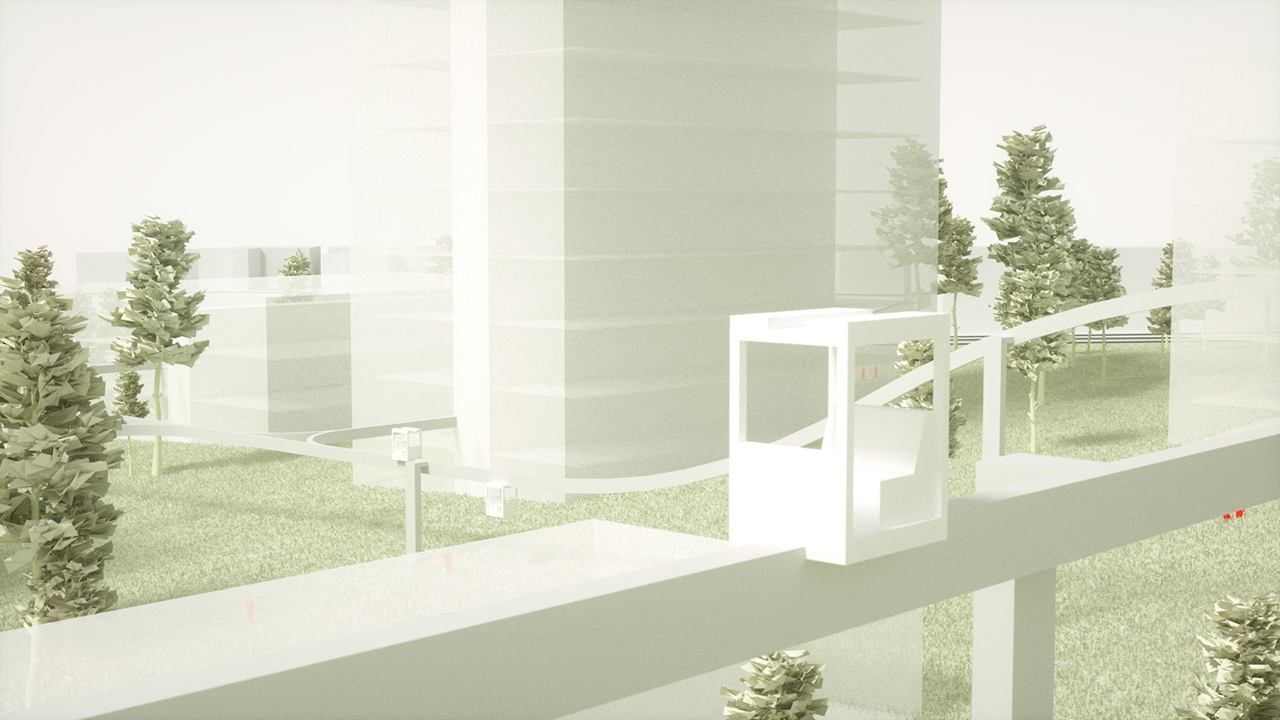

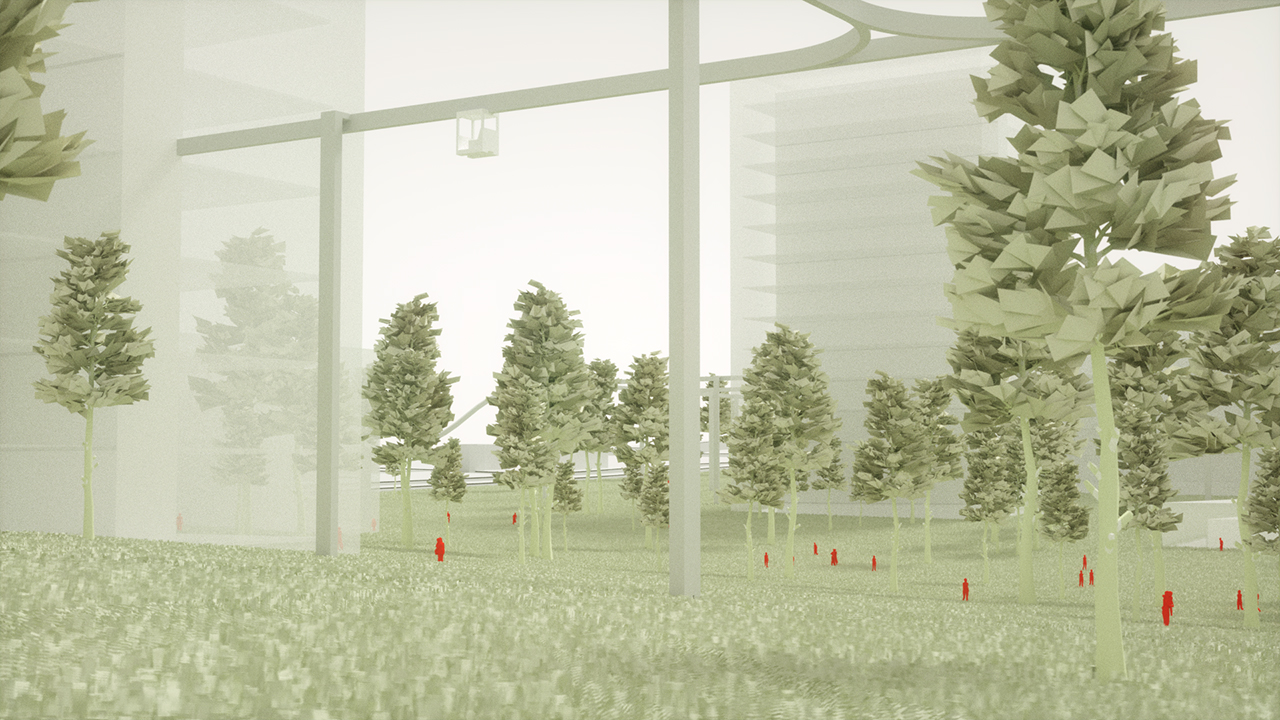

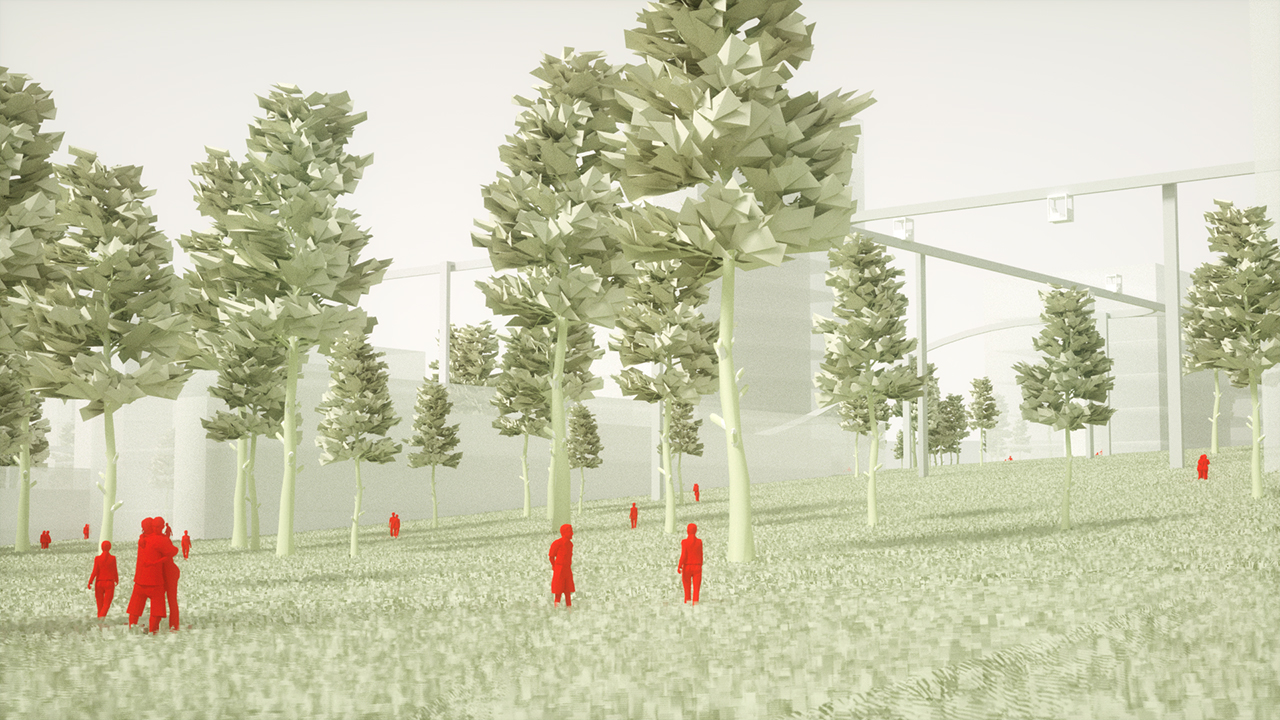
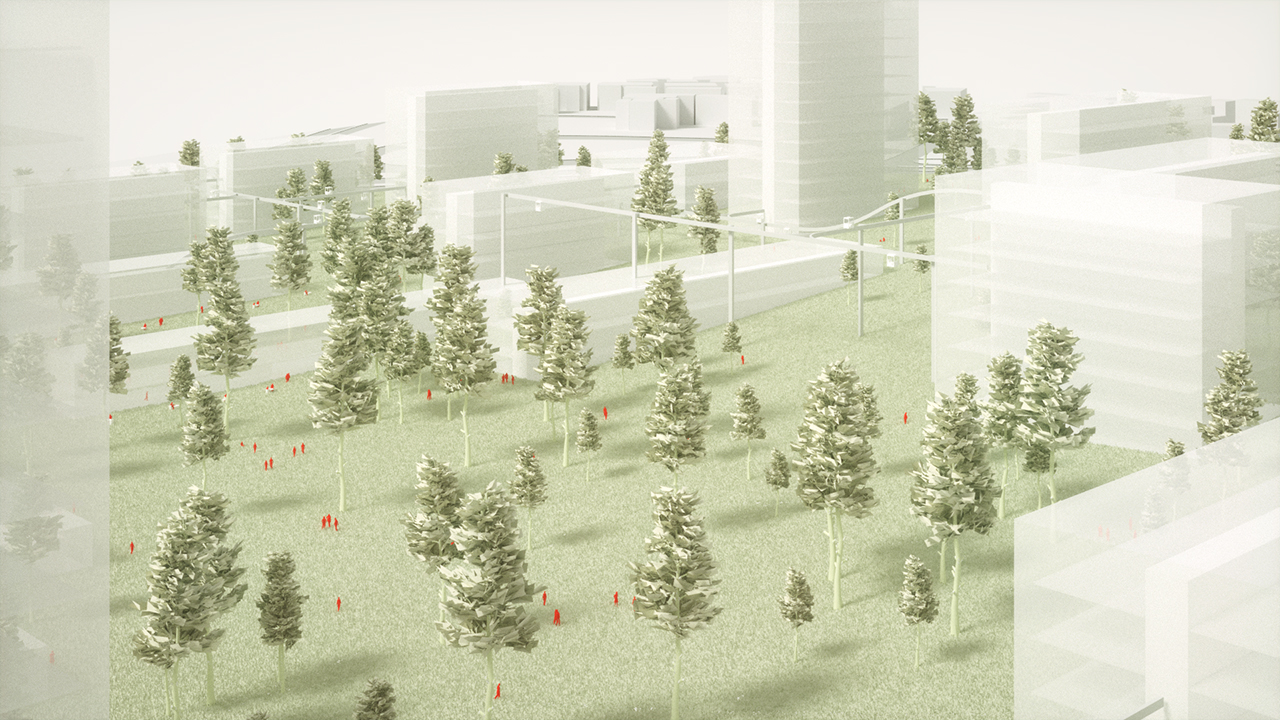
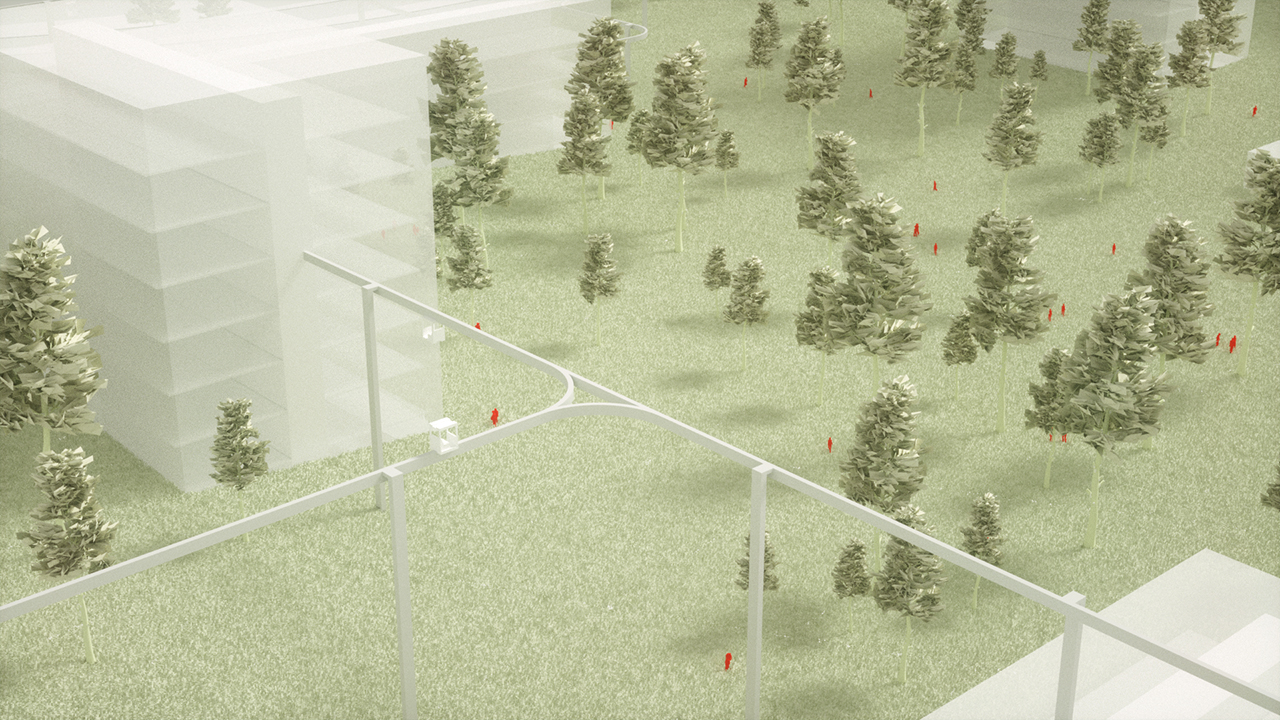


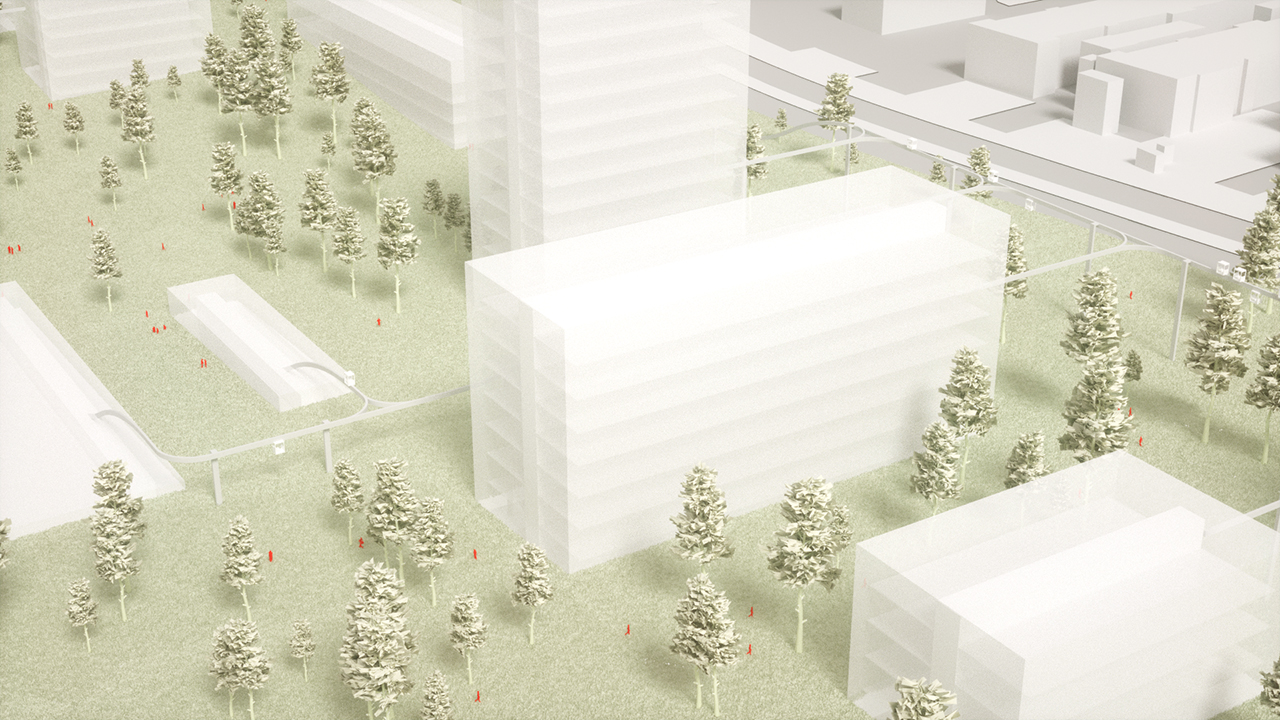
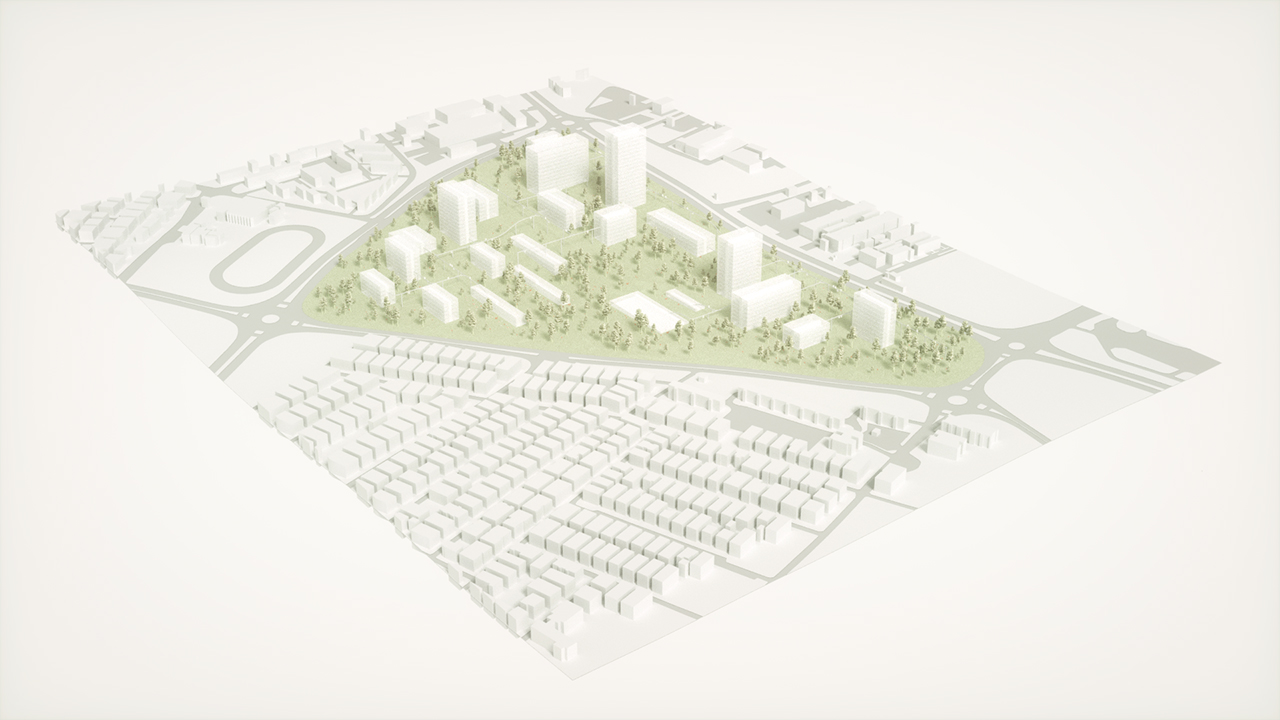
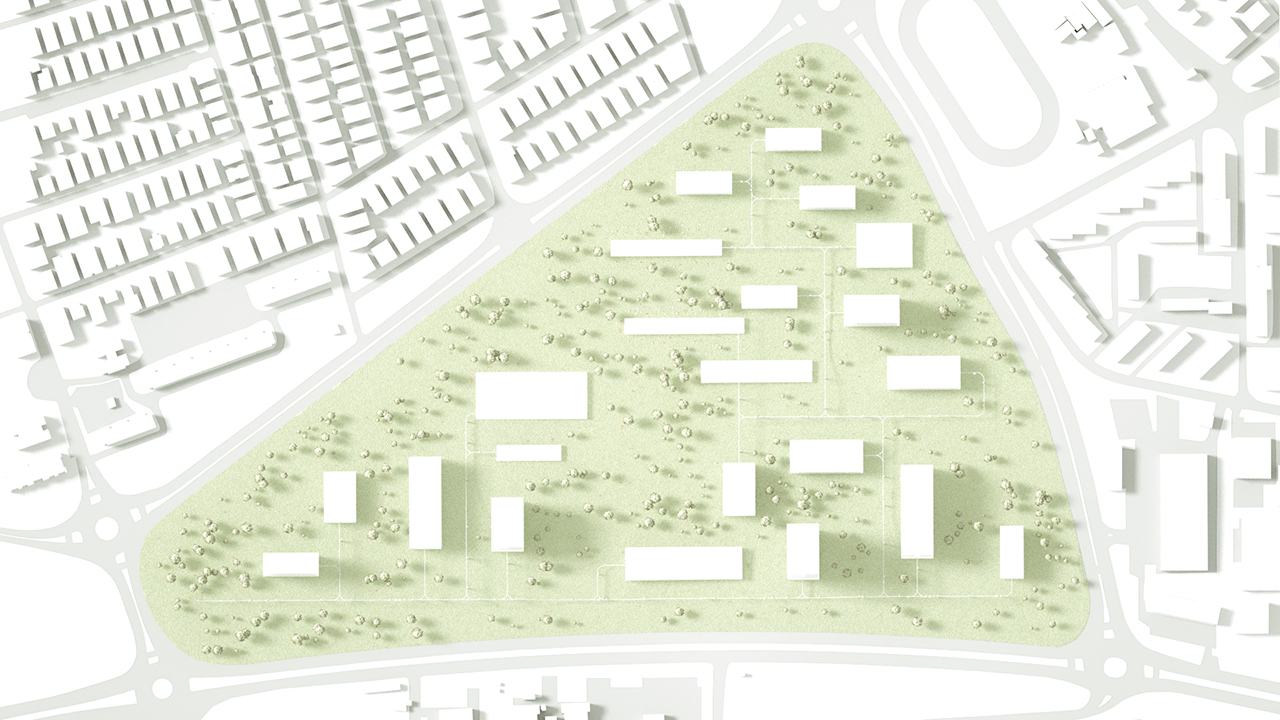

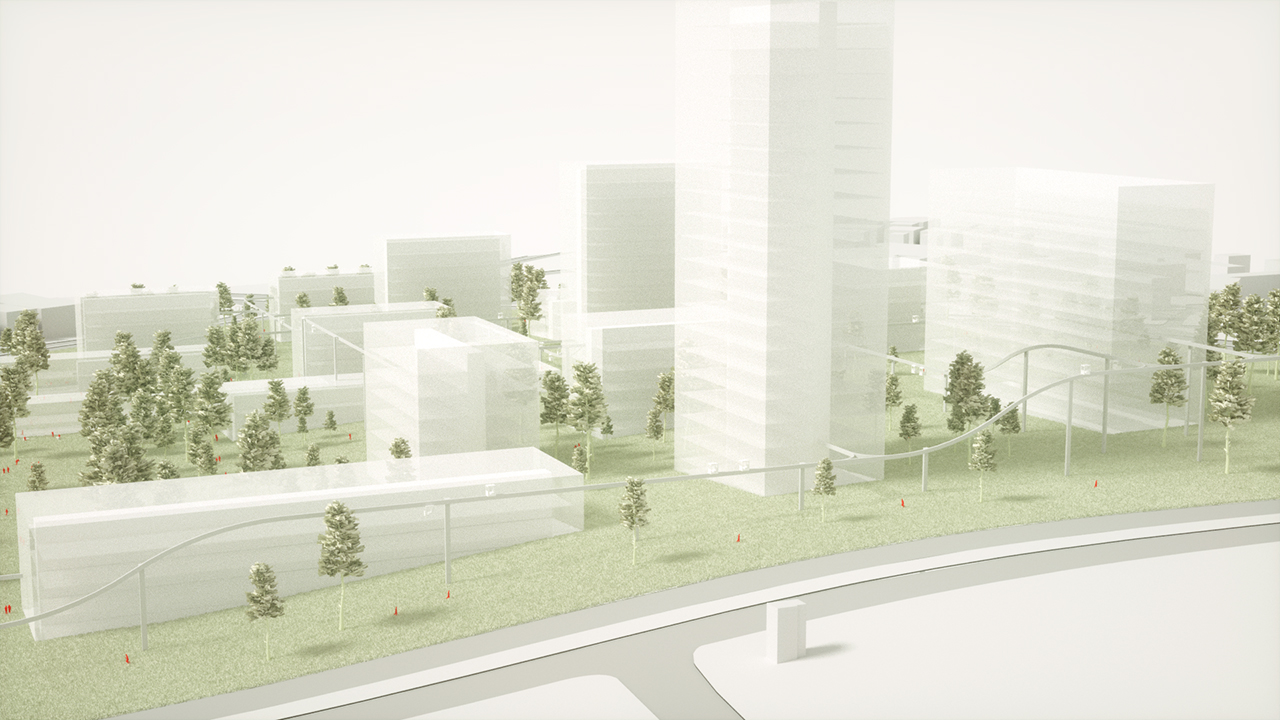
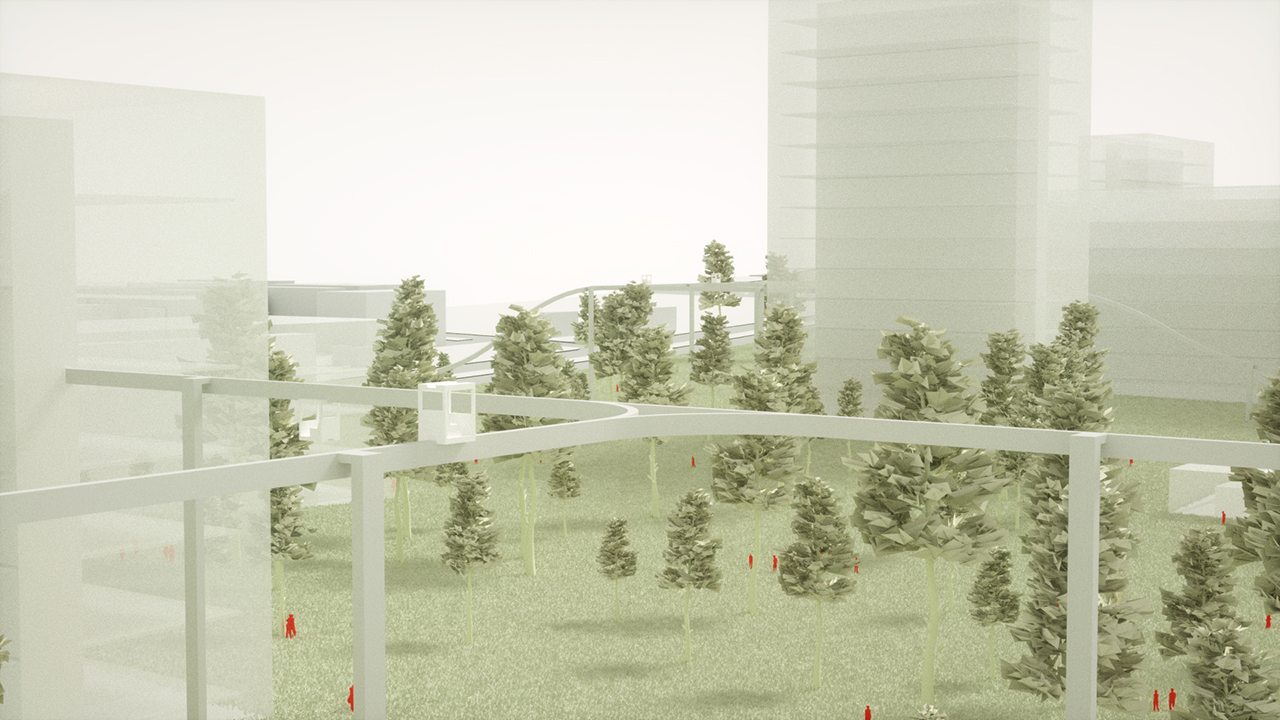


Comparison: now vs fully transformed city
inefficiency in terms of space use and weight
Car vs Rail Network: Compactness, efficiency and speed
Metro vs Rail Network: Interruption and dependency to other transportation systems vs uninterrupted direct connection
Current status vs Rail Network
40 year transformation plan: from the current transportation infrastructure to the Rail Network



















